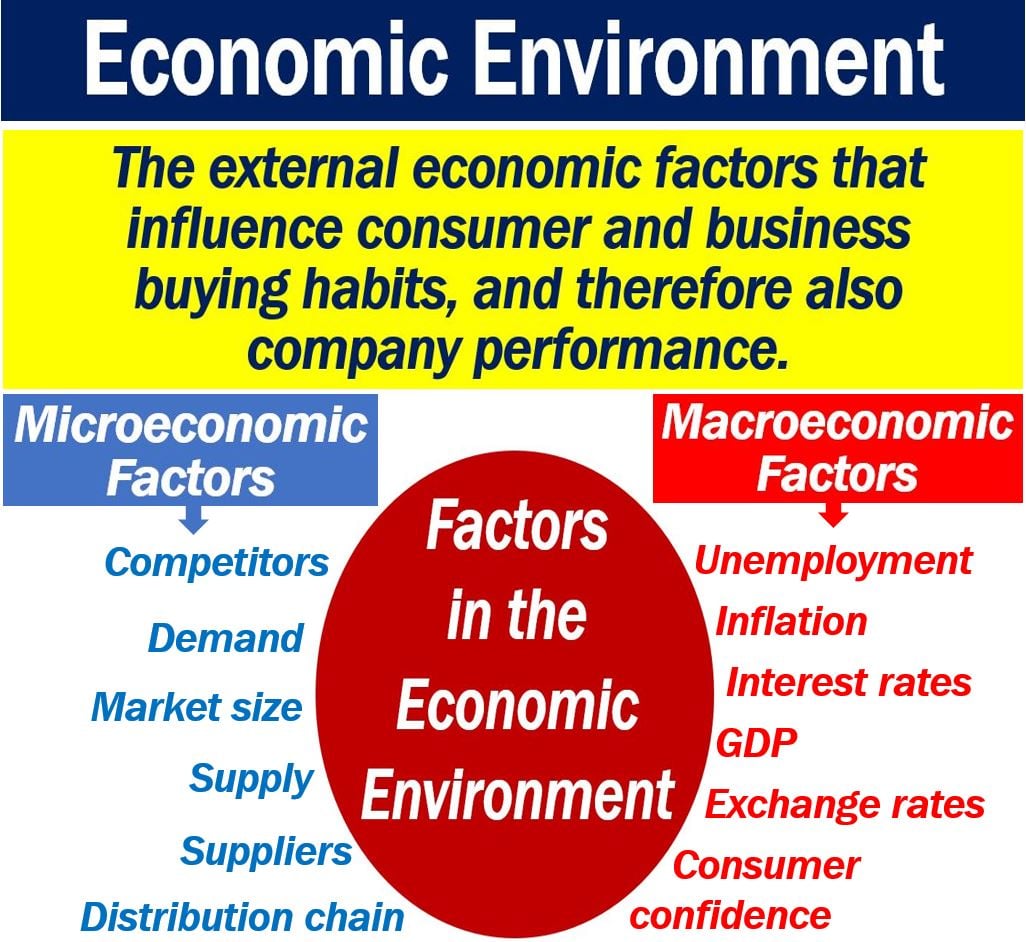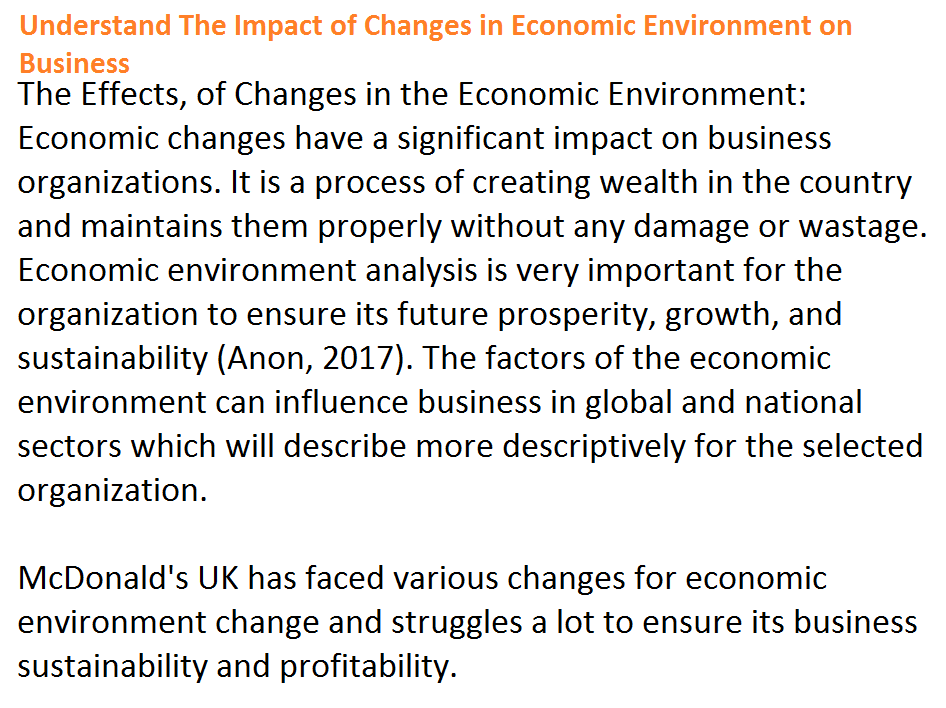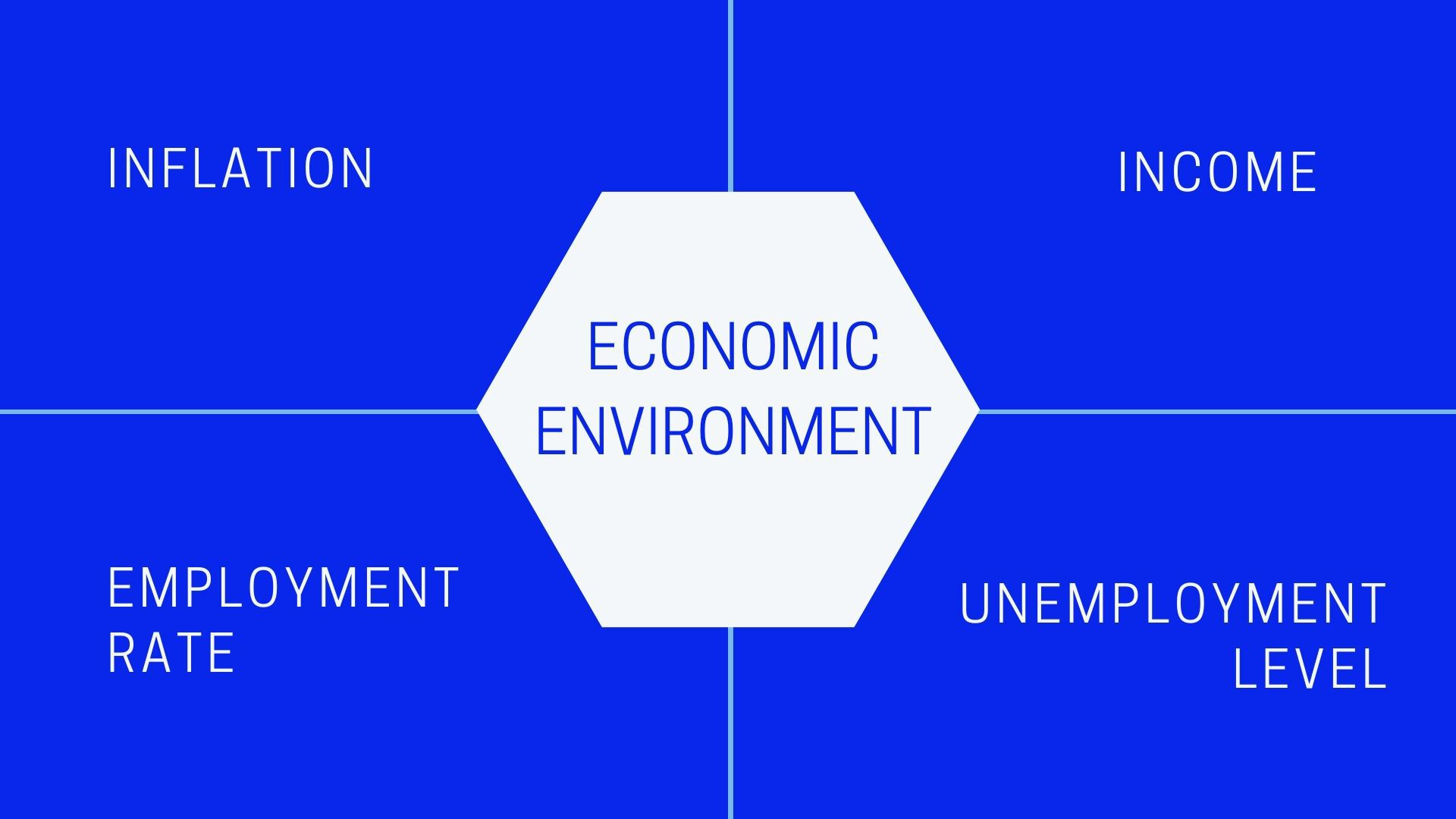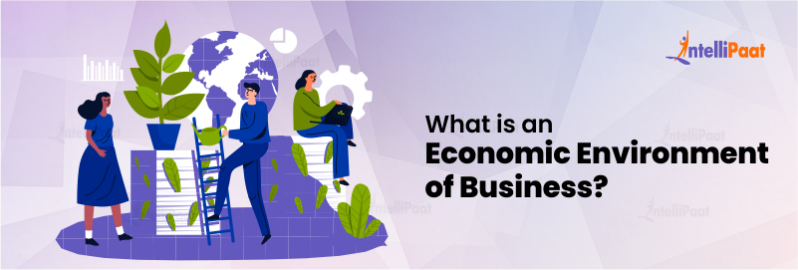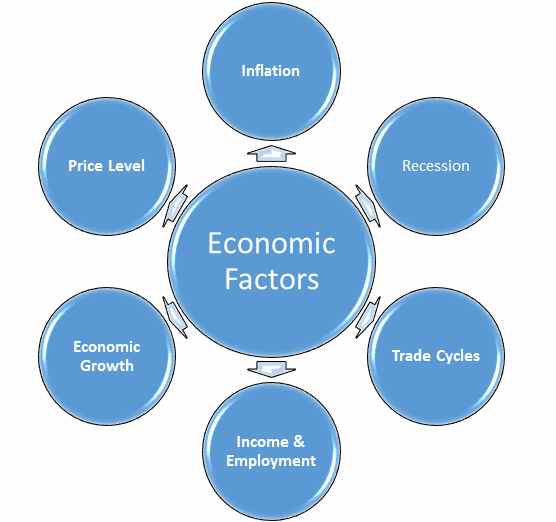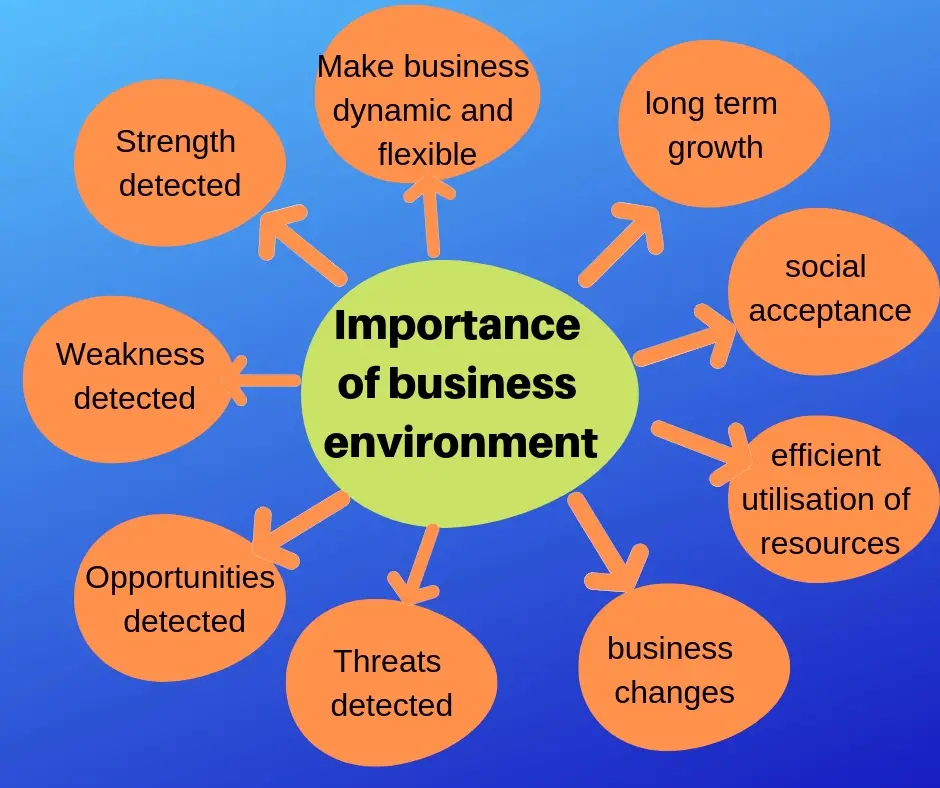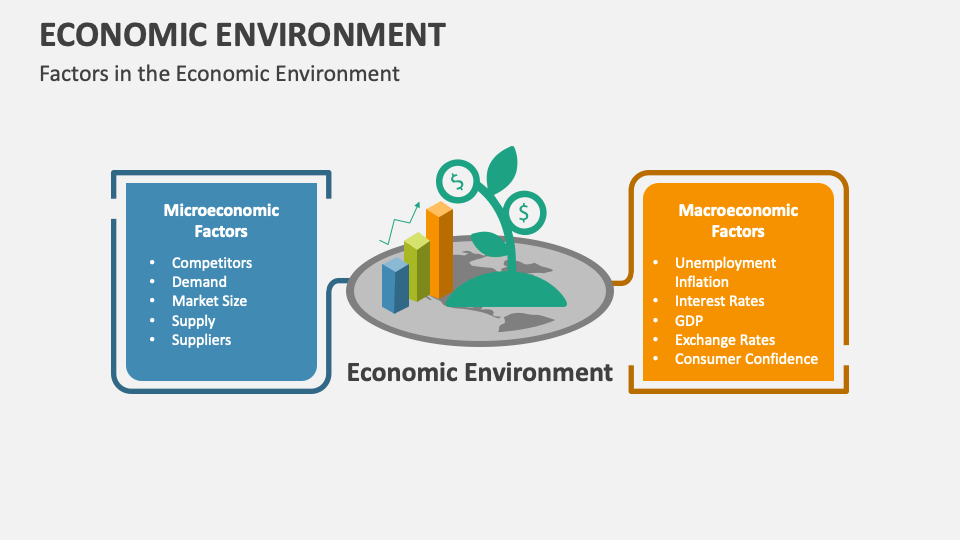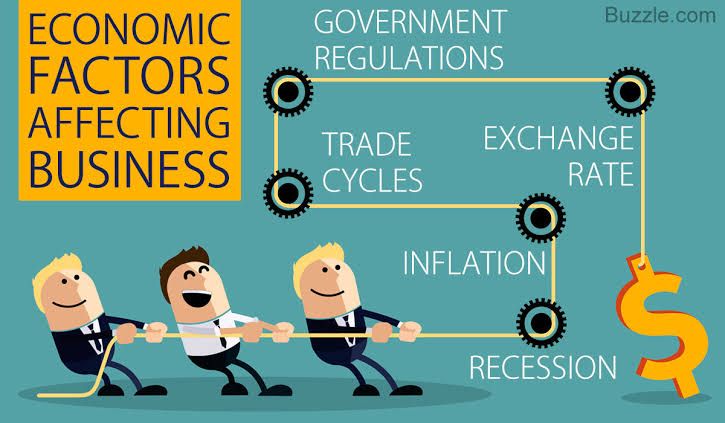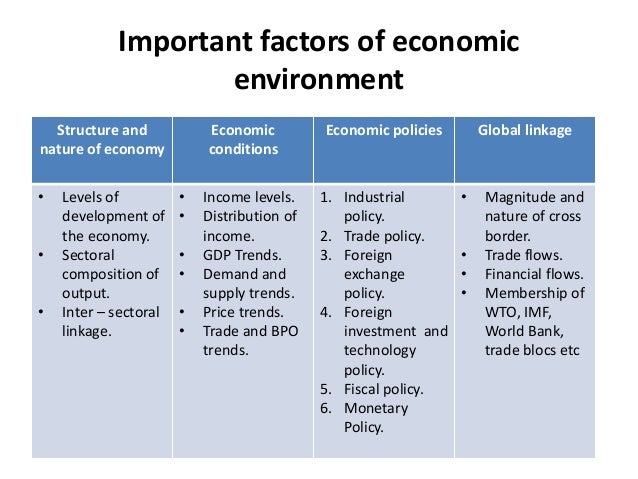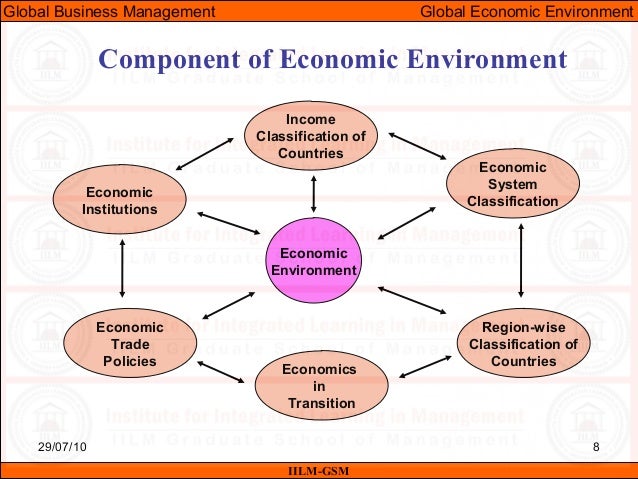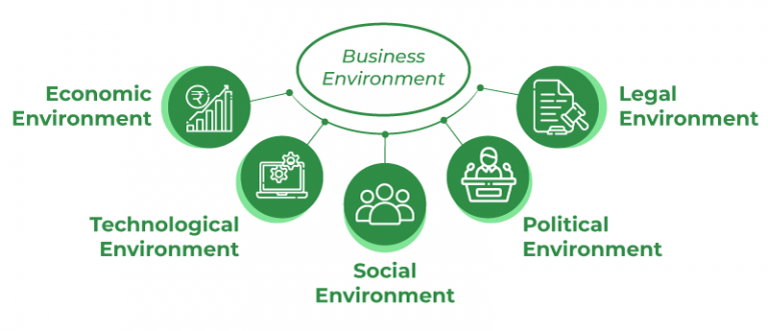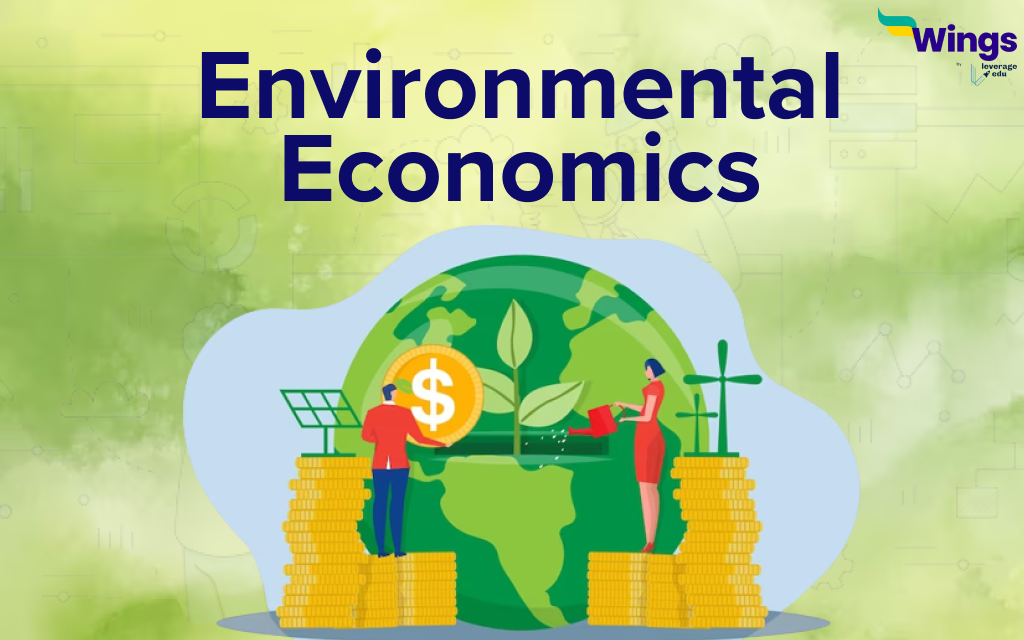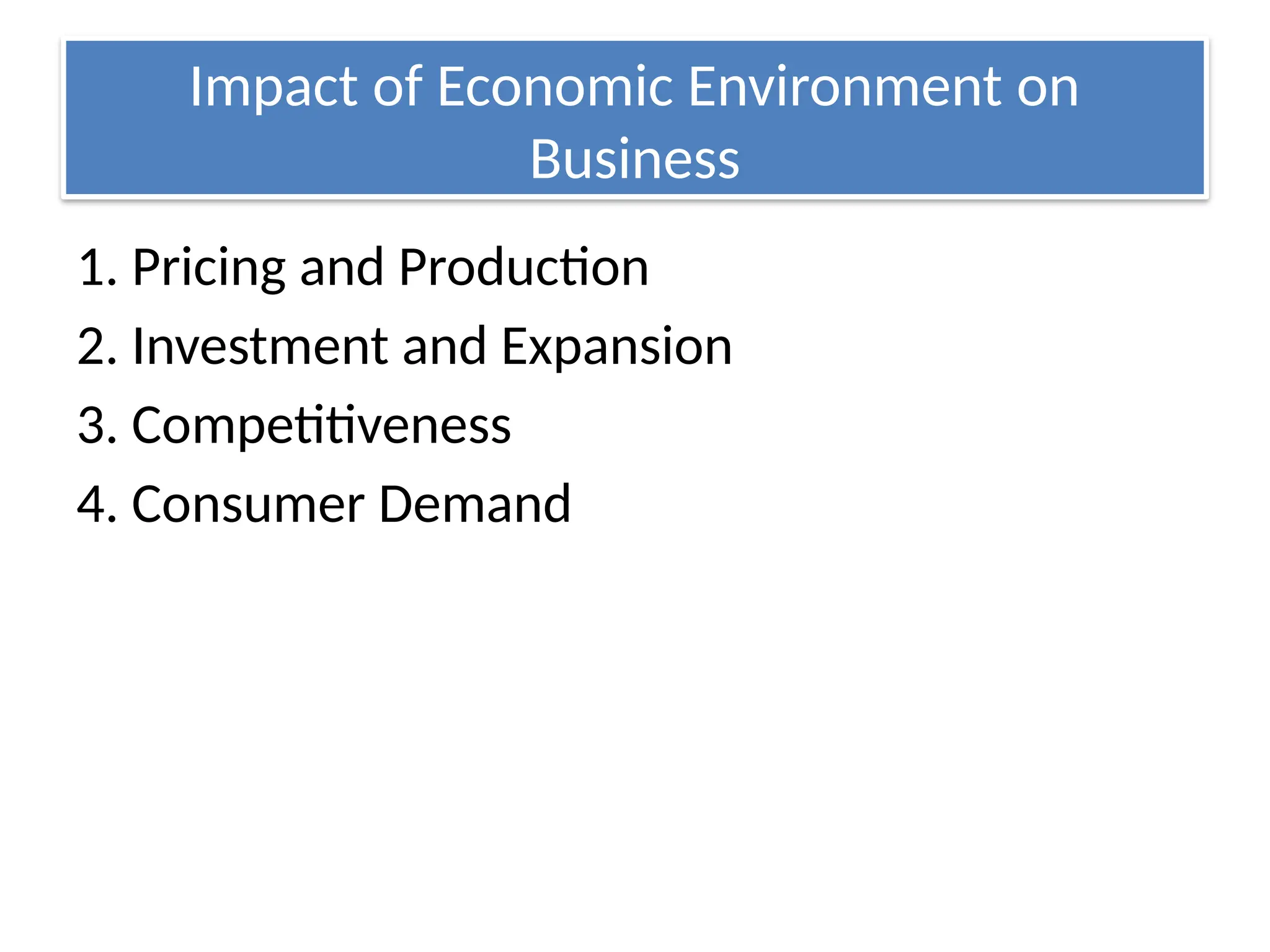Impact Of Economic Environment On Business
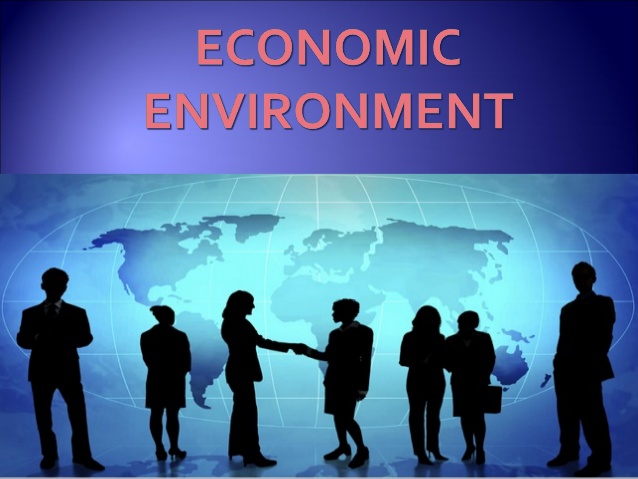
The global economic landscape, a volatile and ever-shifting terrain, is currently exerting immense pressure on businesses of all sizes. From soaring inflation rates to disrupted supply chains and geopolitical uncertainties, companies are navigating a minefield of challenges impacting their profitability, growth prospects, and even their very survival.
At the heart of this economic turbulence lies a confluence of factors: The COVID-19 pandemic's lingering effects continue to ripple through the global economy, exacerbating existing inequalities and creating new vulnerabilities. Rising energy prices, fueled by geopolitical tensions and supply constraints, are driving up production costs across various sectors. Central banks worldwide are grappling with the delicate balancing act of taming inflation through interest rate hikes, potentially triggering a recession.
Inflation's Stranglehold on Profit Margins
Inflation, currently hovering at multi-decade highs in many countries, is significantly eroding businesses' profit margins. Input costs for raw materials, transportation, and labor are escalating rapidly, forcing companies to either absorb these costs or pass them on to consumers.
However, the latter option risks dampening demand, as consumers tighten their belts in response to higher prices. According to a recent report by the International Monetary Fund (IMF), "persistent inflation poses a significant threat to global economic stability, potentially leading to a prolonged period of stagflation – a combination of slow growth and high inflation."
Many businesses, particularly small and medium-sized enterprises (SMEs), are finding it increasingly difficult to compete in this environment. SMEs often lack the bargaining power of larger corporations to negotiate favorable terms with suppliers, making them more vulnerable to price increases.
Supply Chain Disruptions: A Persistent Headache
The pandemic exposed the fragility of global supply chains, leading to widespread disruptions and bottlenecks. These disruptions, compounded by geopolitical events such as the war in Ukraine, are continuing to plague businesses across various industries.
Lead times for essential components have lengthened, shipping costs have skyrocketed, and inventory management has become a logistical nightmare. "Supply chain bottlenecks are expected to persist for the foreseeable future, adding to inflationary pressures and hindering economic growth," warned the World Trade Organization (WTO) in its latest trade forecast.
Companies are responding to these challenges by diversifying their supply bases, nearshoring production, and investing in technology to improve supply chain visibility. However, these measures require significant capital investment and may not be feasible for all businesses, especially SMEs.
Interest Rate Hikes: A Double-Edged Sword
Central banks around the world are aggressively raising interest rates in an attempt to curb inflation. While higher interest rates can help cool down demand and bring inflation under control, they also increase borrowing costs for businesses.
This can make it more difficult for companies to invest in new equipment, expand their operations, or even simply manage their day-to-day cash flow. Furthermore, higher interest rates can dampen consumer spending, further reducing demand for goods and services.
The Federal Reserve, for example, has implemented a series of aggressive rate hikes in recent months, raising concerns among some economists that the U.S. economy could slip into a recession. A recent survey by the National Federation of Independent Business (NFIB) found that small business owners are increasingly worried about the impact of rising interest rates on their businesses.
Geopolitical Uncertainty: An Added Layer of Complexity
Geopolitical tensions, particularly the war in Ukraine, are adding another layer of complexity to the economic environment. The war has disrupted global energy markets, led to trade sanctions, and increased uncertainty about the future.
This uncertainty is making it difficult for businesses to plan for the future and is deterring investment. A recent report by the United Nations Conference on Trade and Development (UNCTAD) warned that geopolitical risks are a major threat to global economic stability and could lead to a significant slowdown in trade and investment flows.
Navigating the Storm: Strategies for Survival and Growth
In the face of these daunting challenges, businesses must adopt proactive strategies to navigate the storm. This includes focusing on cost management, improving operational efficiency, and strengthening customer relationships.
Investing in technology can help companies automate processes, reduce costs, and improve their overall competitiveness. Diversifying revenue streams and exploring new markets can also help businesses reduce their reliance on any single market or product.
Ultimately, businesses that can adapt to the changing economic environment and build resilience will be best positioned to survive and thrive in the long run. However, the path ahead is fraught with challenges, and the global economy remains vulnerable to further shocks.
